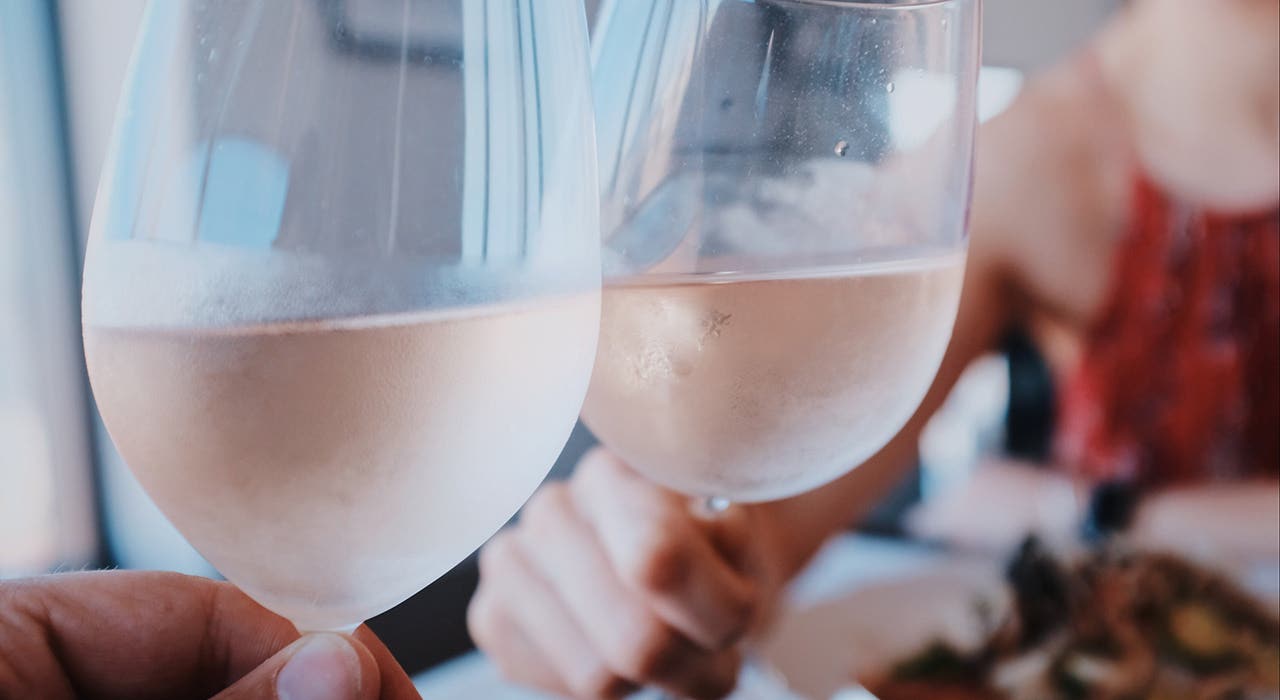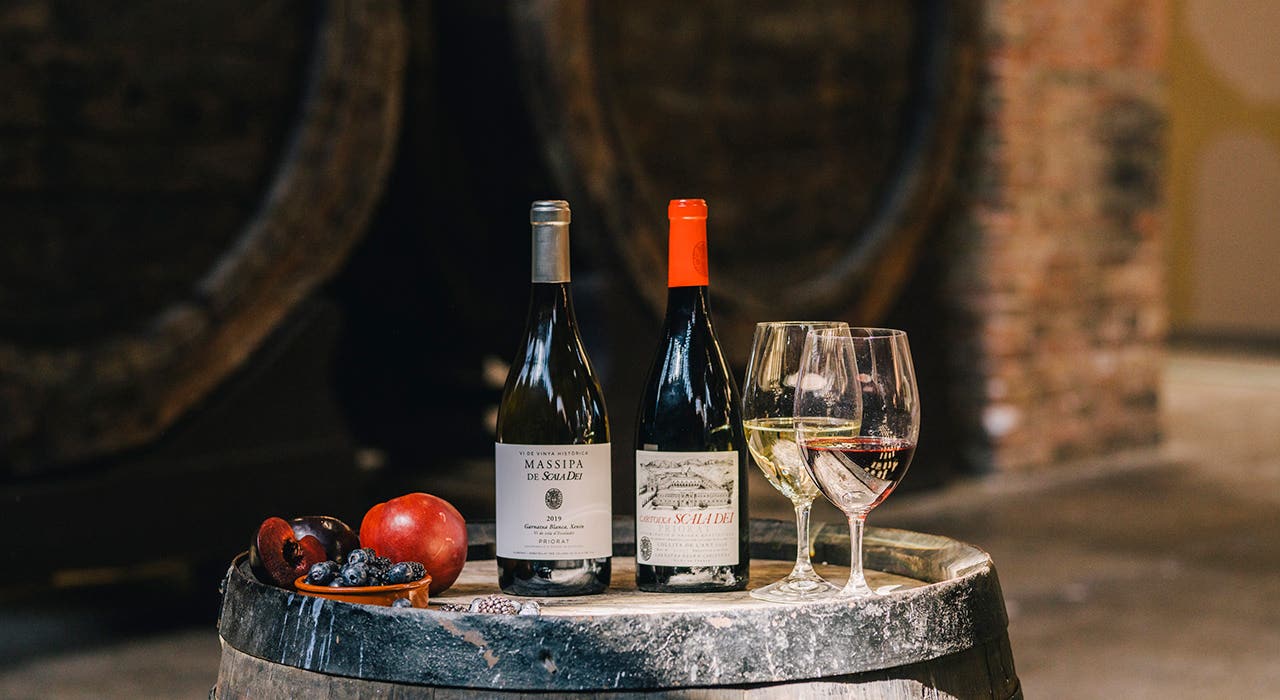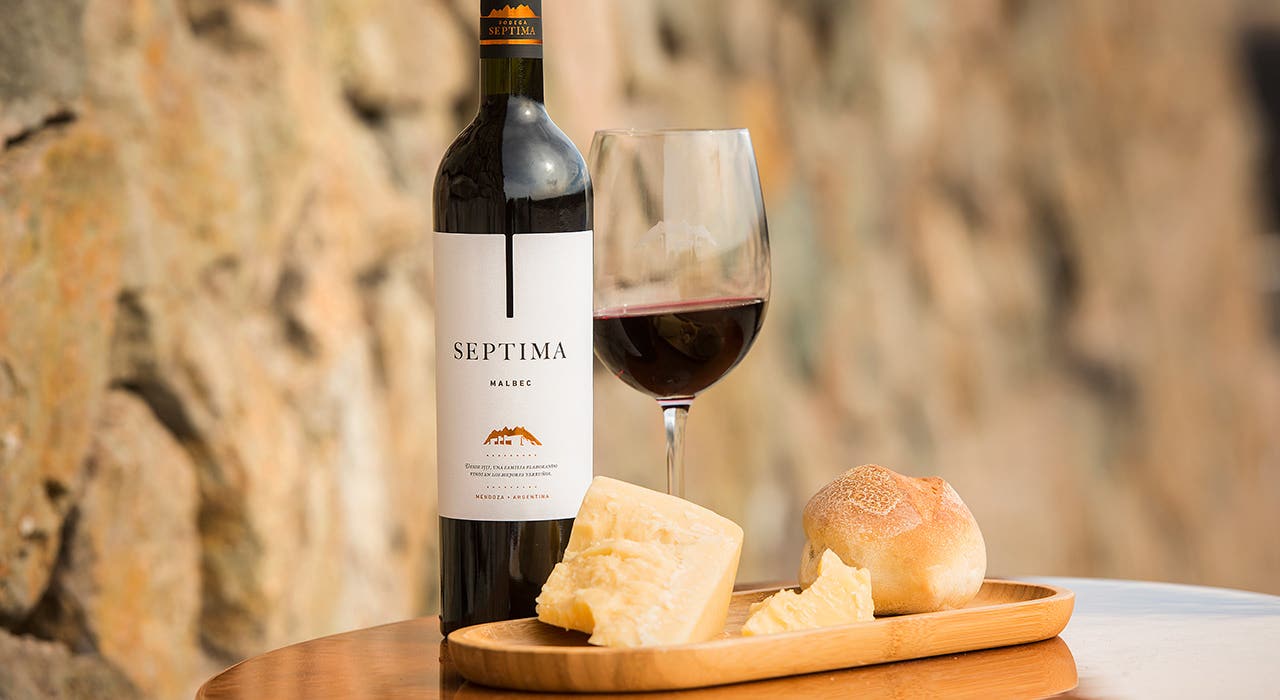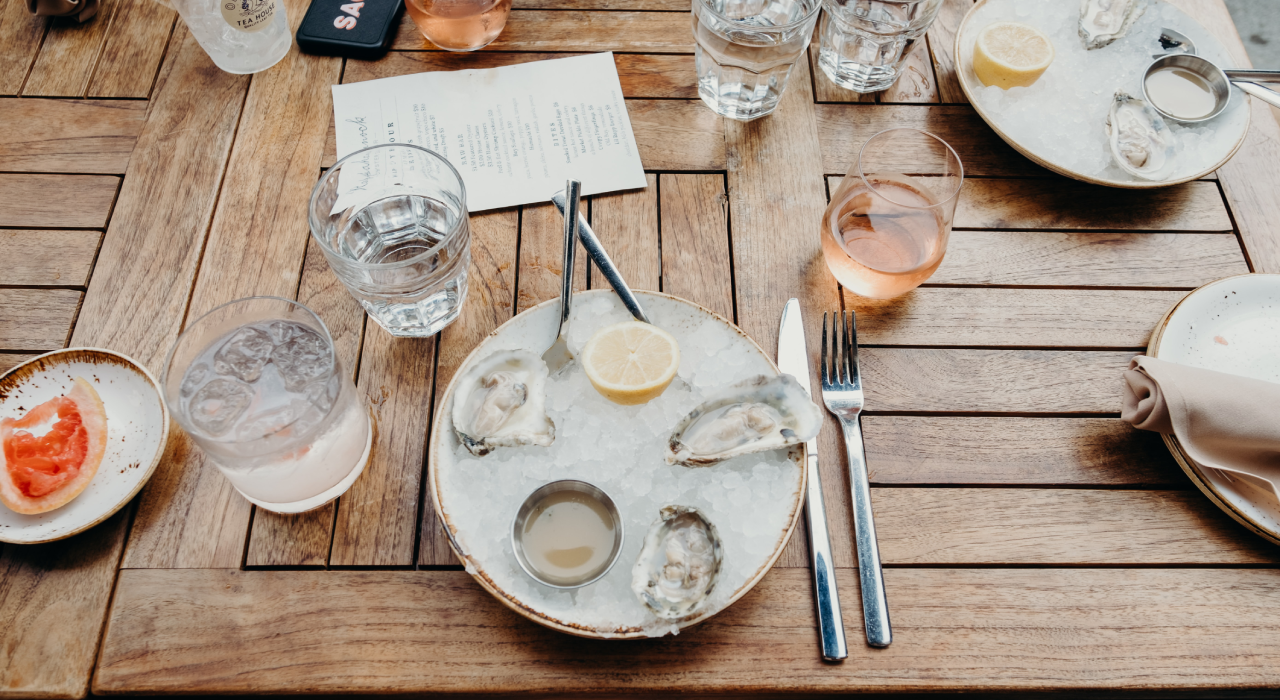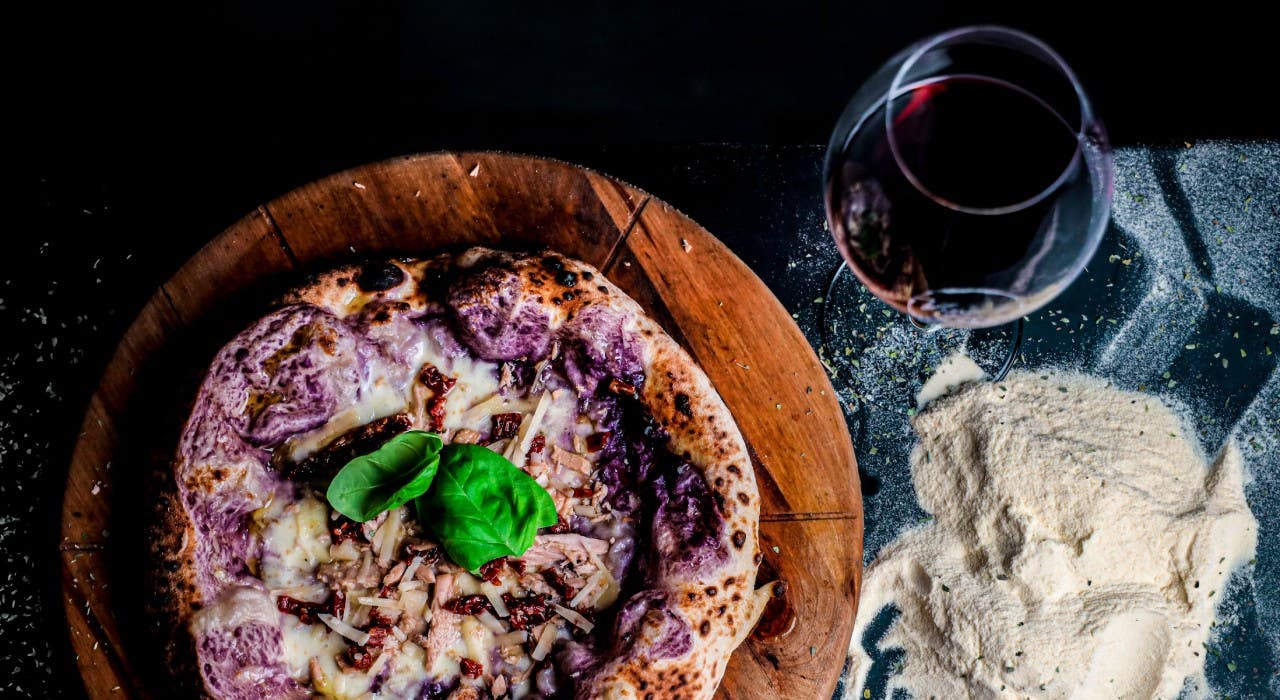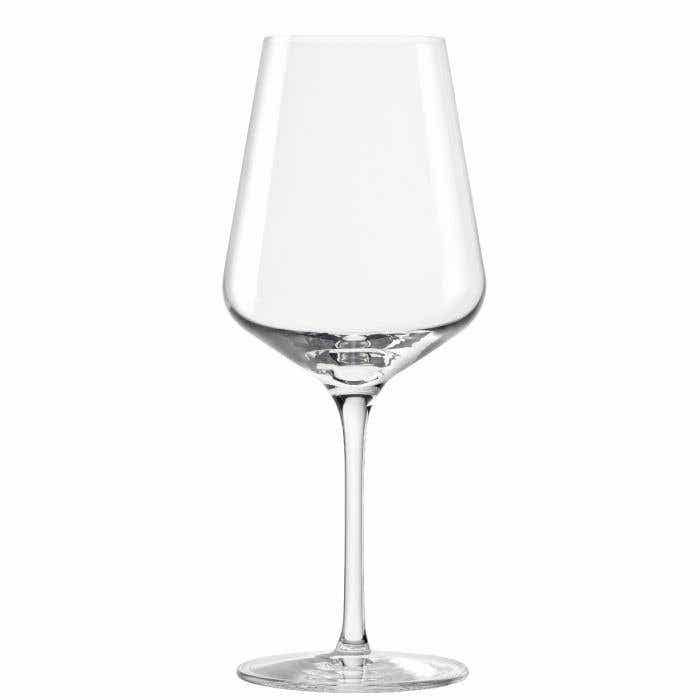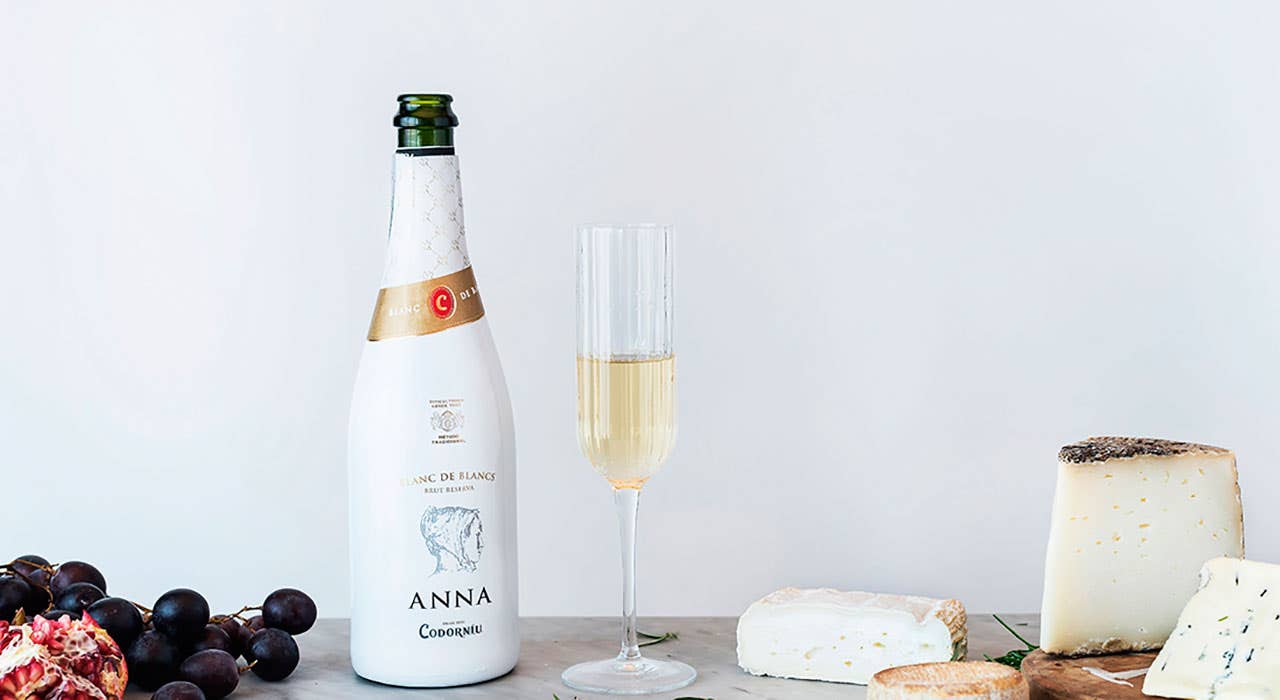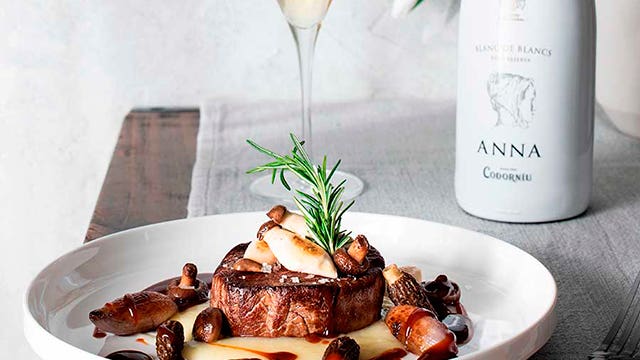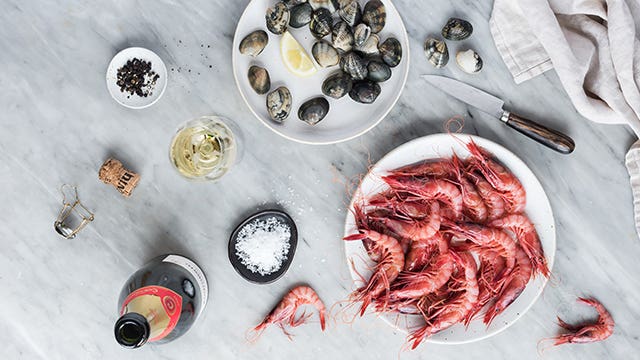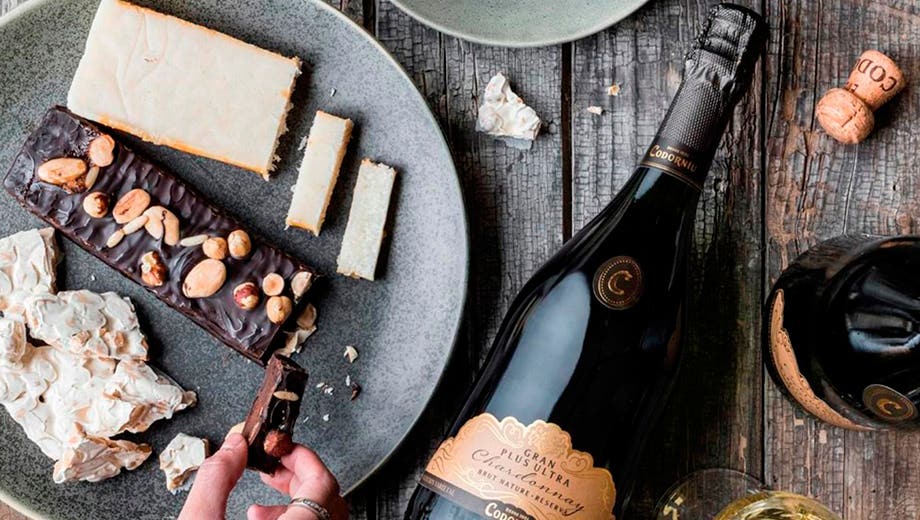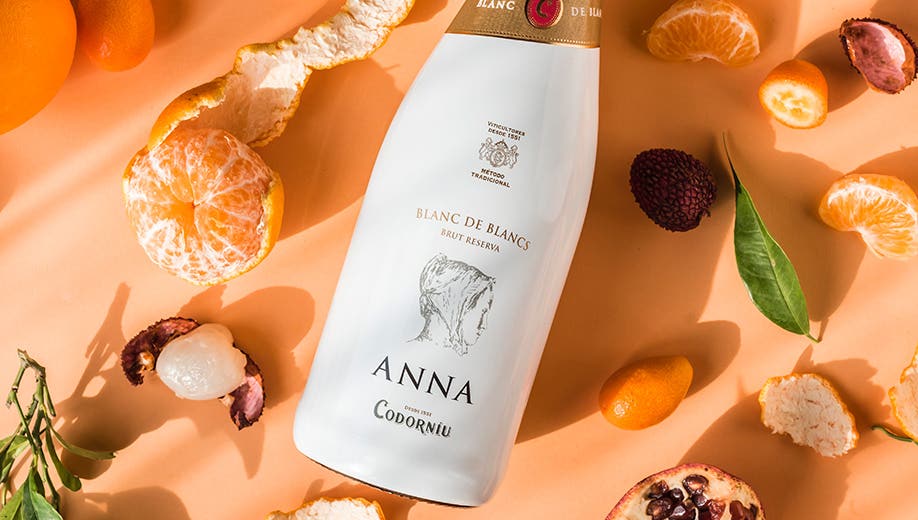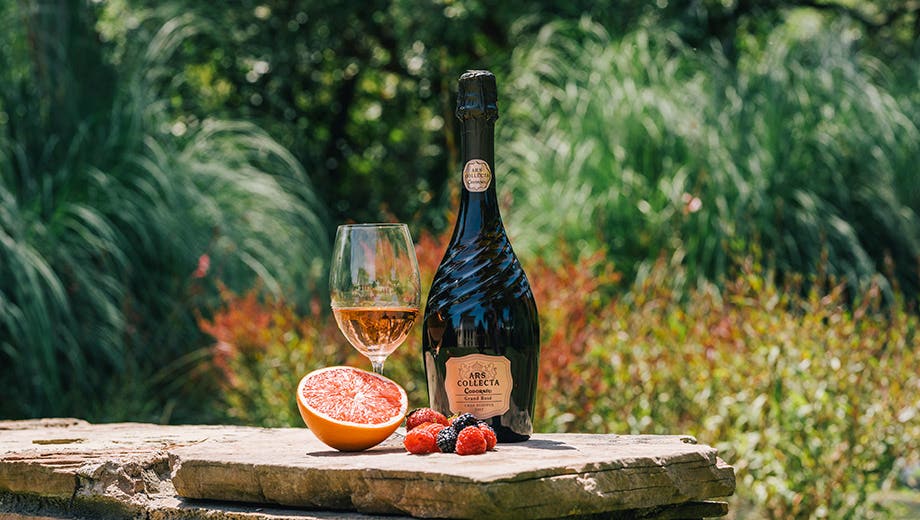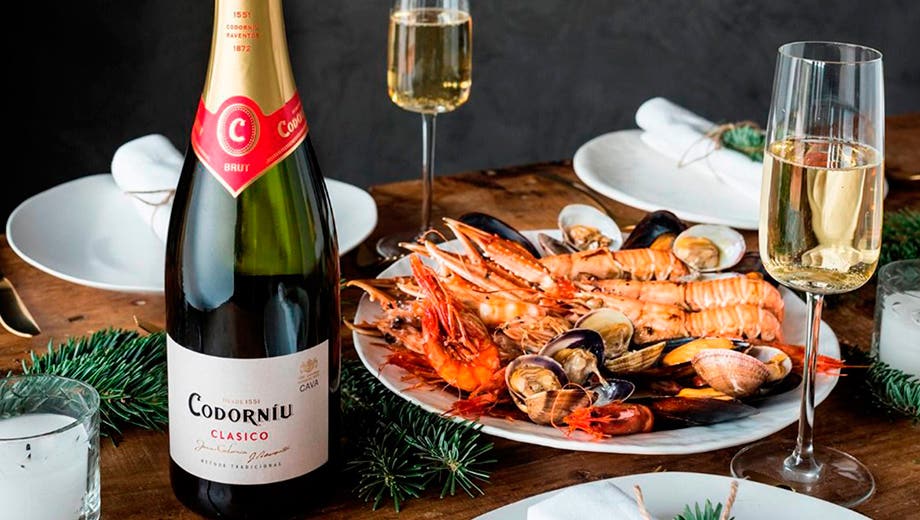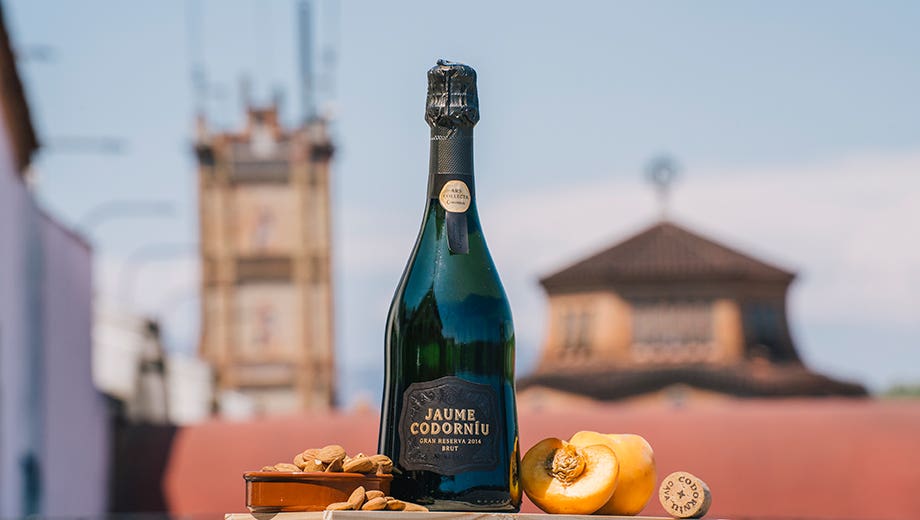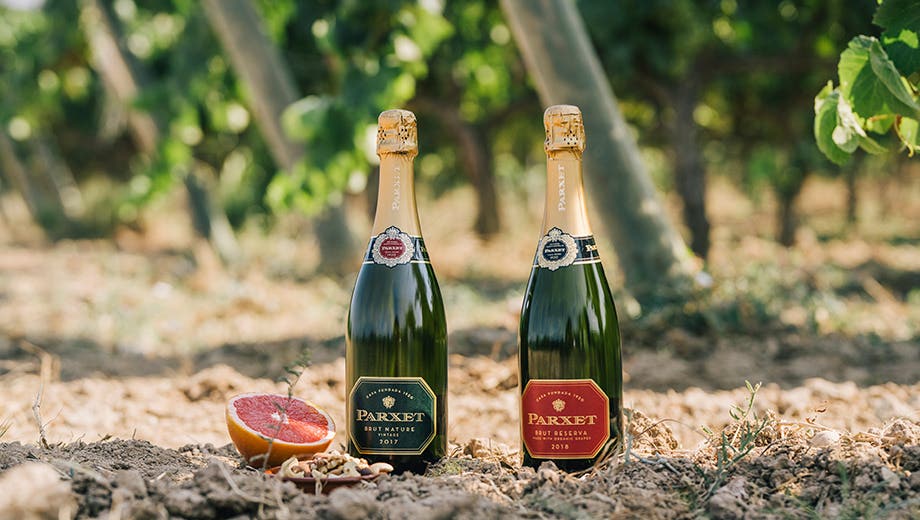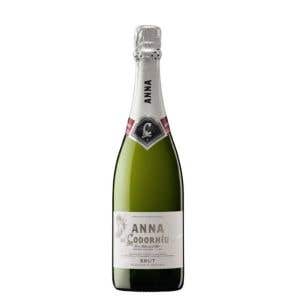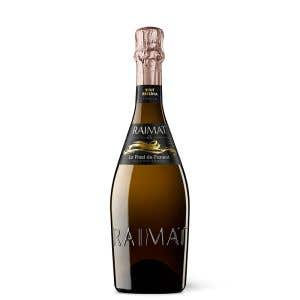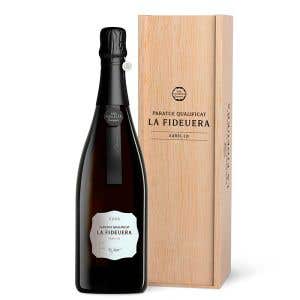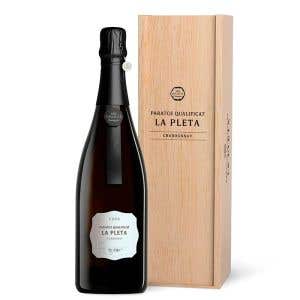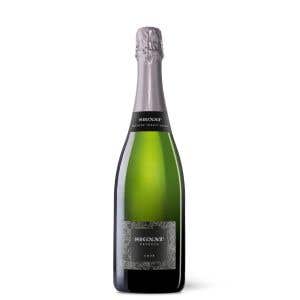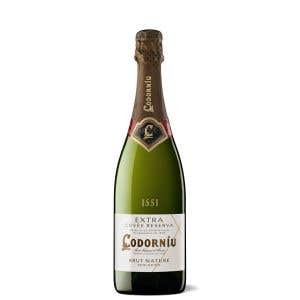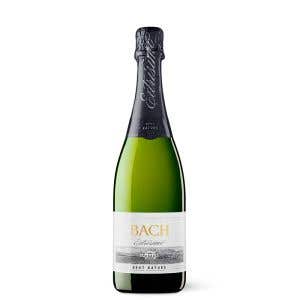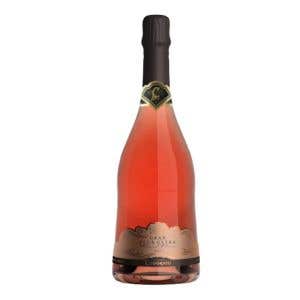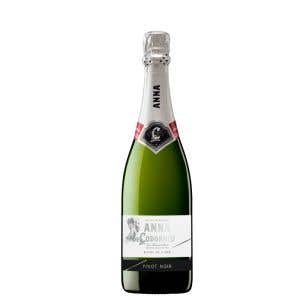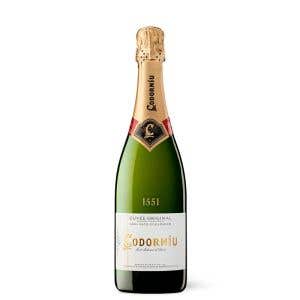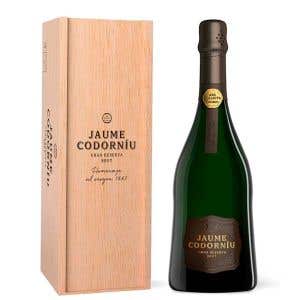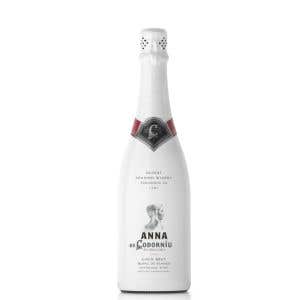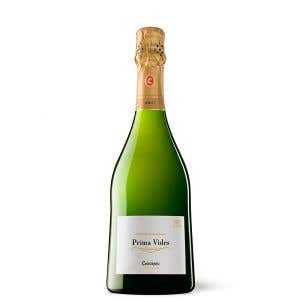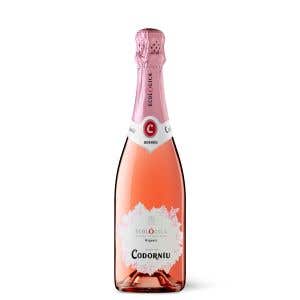The map of complementary ingredients for each category of this sparkling wine offers alternatives to enjoy with Cavas of the “Guarda”, “Reserva” and “Gran Reserva” categories, as well as the exclusive “Cavas de Paraje Calificado”.
Pairings for each Cava category
To reach this conclusion, the créateur d'harmonies worked with his team for a year and a half, using gas chromatography and other laboratory techniques to establish the aromatic profile, based on the dominant molecules, of the main categories of Cava: Cava de Guarda (aged for at least 9 months), Reserva (over 15 months), Gran Reserva (over 30 months), and Qualified Single Vineyard Cava (over 36 months).
For each of these categories, Chartier identified foods in which the same molecules prevail, this way drawing up a map with ingredients and dishes that achieve a high aromatic synergy with the different types of Cava.
And so, according to this study, the aromatic profile for the Cava in the Guarda category, the youngest, is marked by “notes of aniseed (especially when there is a strong presence of the xarel·lo white grape variety), as well as white fruit (apple, pineapple, pear), white flowers (hawthorn, linden), without forgetting herbal and citrus notes". Although there are a multitude of nuances in each category, depending on the grape varieties, origin, etc., the study suggests, for these young and fragrant Cavas, the consumption of fruits like green apple, peach, banana, pear and orange, fresh herbs (cilantro, fennel, dill, mint, lavender, Shiso), and various ingredients like pork fat, French fries, olive oil, and shrimp. With this in mind, one might think that grilled prawns or a seafood ceviche, as well as sushi and guacamole, may the perfect with a Cava like the Parxet Brut or a best seller such as Anna de Codorníu Brut.
With more pronounced aging, the Reserva, category Cavas are distinguished by an aromatic profile dominated by notes of ripe white fruit (yellow apple, pear), yellow fruit (apricot, peach, pineapple) and dried fruit (almond), with some nuances of coffee, pastry and honey. From a molecular point of view, some of the complementary ingredients for this type of sparkling wine are very diverse: from honey, tomato, leeks, almonds, pistachios and cocoa to sausages (bull blanc, Catalonian sausage), dried figs, soy sauce, paprika, smoked fish, curry, soy sauce, scallops, and langoustines. In his search for global recipes that harmonize more precisely with Reserva Cava, Chartier has found a few classics: potato omelet, Mexican tacos filled with pork and vegetables, shrimp tempura and causa limeña de pollo (a Peruvian chicken dish) are some of the world's delicacies that can be enjoyed with a new concept Cava, such as Raimat Lo Fred de Ponent Xarel·lo, or a lifelong classic, like a Codorníu Non Plus Ultra Brut Reserva Eco.
Aged for over 30 months, the Gran Reserva Cava is marked by the degradation of yeasts, which results in an aromatic profile richer in toasted, spicy, buttery and candied fruit nuances. Although notes of white fruit are also found, its molecular analysis abounds with the presence of toasted notes: coffee, chocolate, hazelnuts, bread... as a consequence of the transformation of the wine during the aging process. For this category, Chartier's study establishes as complementary ingredients corn, guava, chipotle, cooked apple, hazelnut and toasted almonds, coconut milk, aged Cheddar cheese, Iberian ham, veal, foie gras, coffee, red prawns and various types of bivalves, such as oysters, mussels and scallops. According to these relationships, paella, the traditional roast turkey (like the one eaten in the United States on Thanksgiving Day), Iberian ham, smoked eel and Mexican fajitas are dishes that harmonize perfectly with Cavas such as the excellent Ars Collecta Grand Rosé Reserve 2019 or the commemorative Parxet 1920 (3 bottles) in a wooden case for free.
Finally, for the Qualified Single Vineyard Cava, the one with the longest aging according to the Control Board's regulations and therefore, with a more complex profile, rich in candied, spicy and toasted accents, François Chartier notes as complements truffles, coffee, mushrooms, gingerbread, smoked meat, dark chocolate, mature cheese, spices (cloves, vanilla, licorice, cinnamon), licorice, dates, soy sauce and Huitlacoche (a fungi grown on corn). A type of Cava marked by evolutionary notes may be the best choice to enjoy with black rice, mole poblano, (stuffed veal round and Peruvian anticuchos). We will have to taste these intensely flavored dishes with some of the best examples of this exclusive category, such as Ars Collecta Paraje Calificado La Fideuera Gran Reserva and Ars Collecta Paraje Calificado El Tros Nou Gran Reserva, to find out if the Canadian expert is right.
Chartier himself warns that "The perception of wine is influenced by the glass, the serving temperature, the company, the experiences lived by each one of us, genetics, social traditions and also culture. This work is not intended to be anything other than a tool to help organize information and break down beliefs". If it helps, let’s raise a toast, with a glass of Cava.
